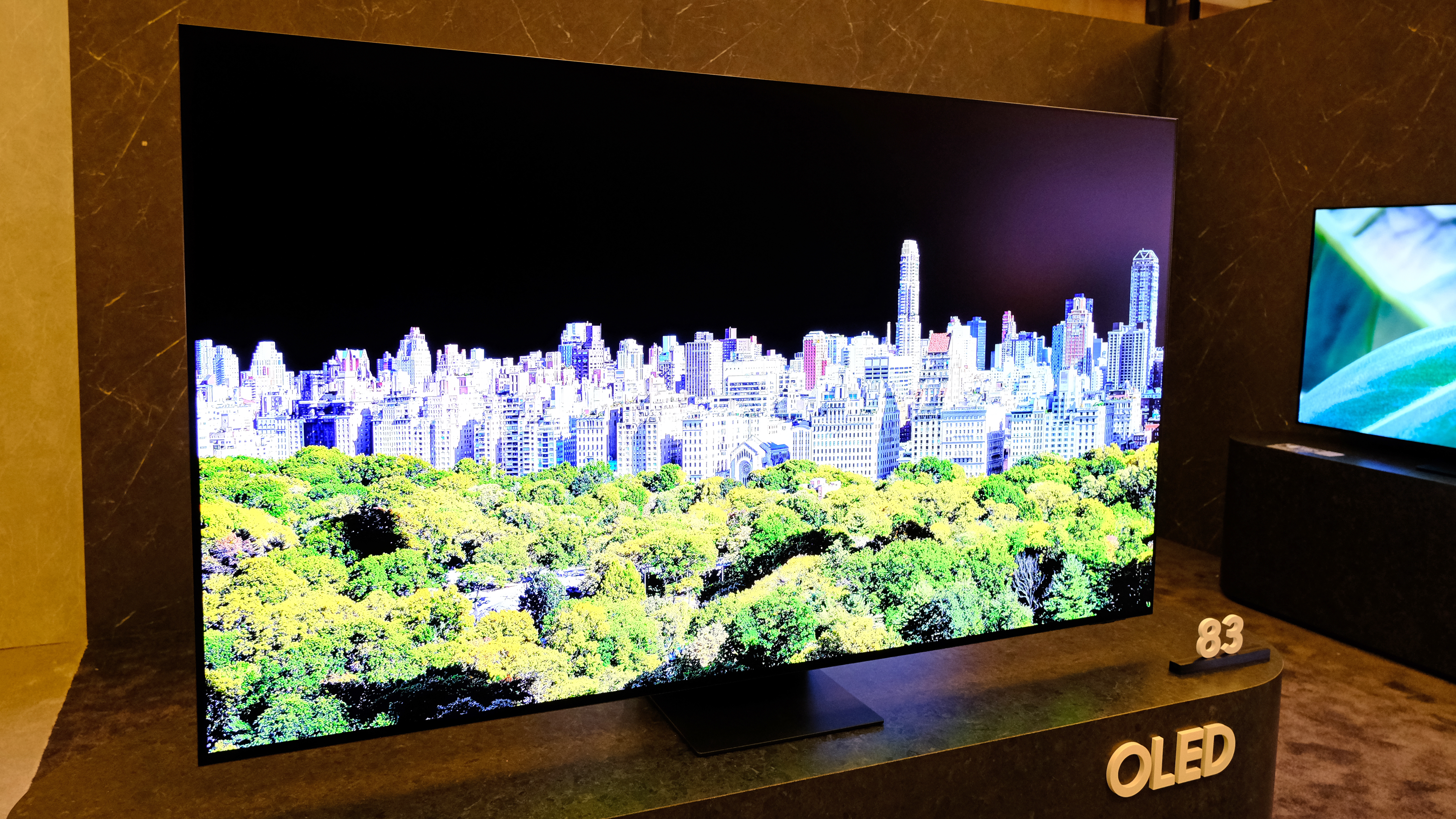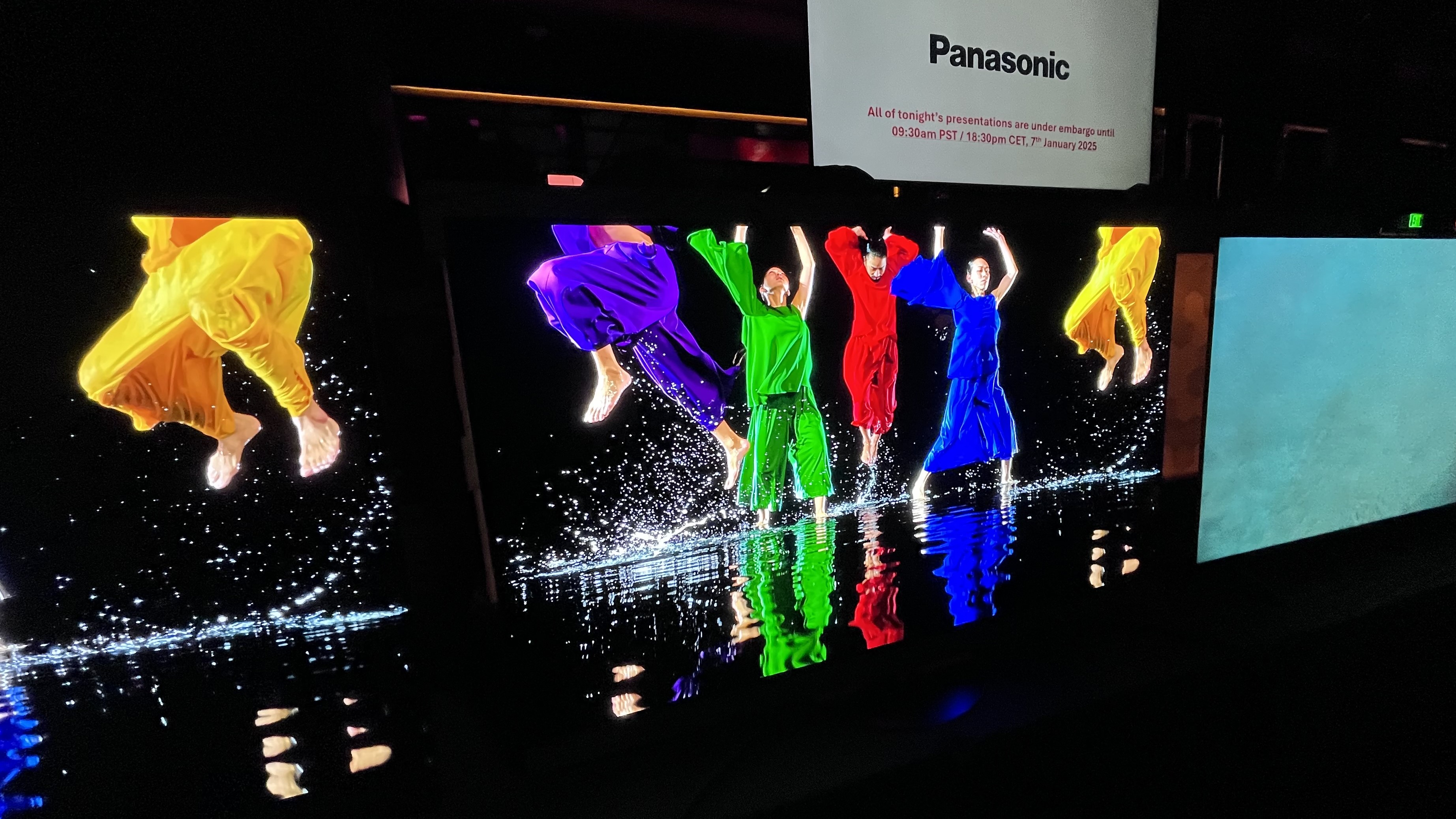
- Researchers have discovered a new host material for blue OLED pixels
- Tests showed a big jump in power efficiency
- The breakthrough could mean cheaper production
Good news for anyone hankering for a cheaper OLED TV: a new scientific breakthrough could pave the way for cheaper, more efficient OLED displays in our smart TVs, phones, tablets, and pretty much everywhere else – though the impact could be largest on TVs.
Researchers at the University of Cambridge and University of Manchester have reportedly discovered a new ‘oxadiazine’ host material for creating high-efficiency, lower-cost, blue OLED pixels (via OLED-info).
Blue OLED pixels are the white (blue?) whale of TV panel development, proving much more difficult to produce with the same light-emitting efficiency as their red and green counterparts, with more risk of instability and a short shelf-life. As the abstract from the scientific paper says: “Energy-efficient and deep-blue organic light-emitting diode (OLED) with long operating stability remains a key challenge to enable a disruptive change in OLED display and lighting technology.”
However, it looks like headway is being made. The paper shows the molecular design of the new material, with 21% improvements in power efficiency and excellent “thermal stability” for use in blue OLED pixels.
And while all OLED devices use blue pixels, the reason that's especially good for TVs is that even the latest and greatest TV tech requires multiple layers of blue pixels, so that's where the biggest effects may be felt.

The future of OLED
There’s been a big push in recent years towards developing 'phosphor OLED' panels with greater power efficiency and higher brightness
This means that a TV screen can deploy fewer layers of blue pixels for the same brightness output as existing screens.
LG's latest 'four-stack' Primary RGB Tandem OLED panel (used in the LG G5 and Panasonic Z95B), for example, uses more blue layers than red or green. QD-OLED, as used in the Samsung S95F, relies heavily on blue light coming through a layer of quantum dots, so also requires several layers of blue pixels. So any method for reducing the complexity or cost of blue pixels is going to be very welcome.
While phosphor OLED has proved difficult to manufacture so far, these kinds of breakthroughs show that headway is being made in blue options overall.
A laboratory breakthrough like this will take time to impact mass panel production, of course, but it does bode well for the development of OLED in the coming years, and the hope for cheaper, more accessible OLED TVs that offer excellent picture quality for longer.
While OLED TV prices have fallen in recent years, they’ve largely stalled around the $1,000 mark, and manufacturers and consumers alike have been waiting for something to break the deadlock. Hopefully, that future isn’t too far off.







